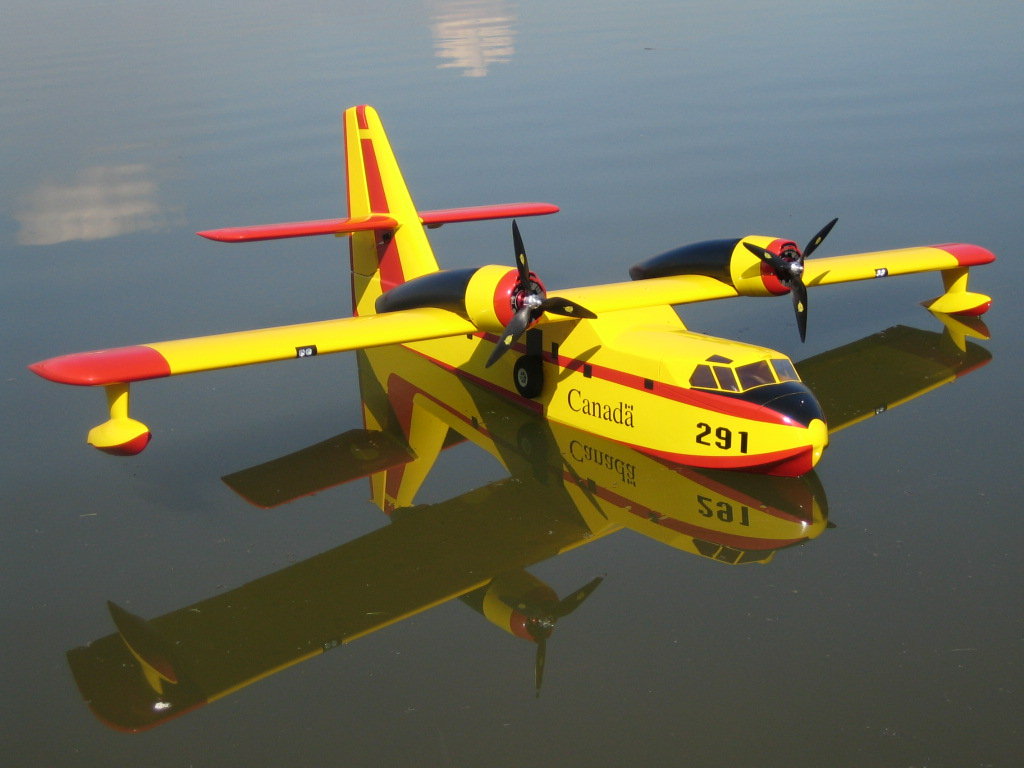Remember when I used to obsessively post every detail of almost every flying day? There must have been readers who thought this was a carefully crafted fictional narrative and not a true account, because of the minor details that became recurring themes and that finally ballooned into crucial matters of life and death. There were however thousands of minor details that never turned into anything, because that's the way life is, but we forget those ones. Here's a detail of the sort that occurs every day. Maybe it will be a cool precursor to an inflight incident or a great maintenance catch. Probably it's nothing at all. It's my job to take such things into consideration, day in and day out. I start with background on how the system works.
Very small airplanes, and some older large ones, have a fixed pitch propeller, a single artfully-shaped piece of metal or wood that bolts to the drive shaft and delivers thrust as its airfoil shape spins through the air. Experimentation and science shows that a propeller like this is most efficient at a given angle of attack (or angle of incidence, as the British call it), one particular speed. One can get propellers that are optimized for climbing (useful for a drop zone plane), or for cruise (useful if you rarely need the best climb but want more speed or fuel economy on longer flights), but if you're willing to spend a lot more on a propeller, you can get the best of both worlds: a constant speed propeller.
On a constant speed propeller, each blade is a separate entity, set in a hub in which it can pivot. The pilot sets the desired rotational speed of the propellers and then counterweights within the hub swing out if the propeller is going faster than the set speed and swing in if the propeller is underspeed. When the weights swing in they open a valve, allowing pressurized oil to flow to the hub, twisting the blades to a finer (flatter) pitch. (Americans call it low pitch, I think.) For a given speed and power setting, a finer pitch propeller will turn faster, getting it back on speed. If it goes too fast the counterweights will close the valve, and the propeller blades move towards a coarser pitch, eventually going all the way to the feathered (maximum turning resistance, minimum forward drag profile) position if oil pressure is lost. I can command this drop in hub oil pressure by pulling the propeller lever all the way aft to the "feather" position. The ability to feather is another huge advantage of a constant speed propeller: if one engine fails I can greatly reduce the drag it causes by feathering its propeller.
The oil that does this job is the same oil kept in the crankcase, the oil that performs the regular functions of cleaning, cooling, lubricating and sealing my engine. At start up, this oil is the same temperature as ambient air, and thus it's a little sluggish. The propeller is not feathered during a normal engine shutdown (pins lock the propeller pitch as rotation slows below 1000 rpm) so the oil that was acting to keep the propeller blades at fine pitch before shutdown is still there at start up. Cold oil is not good at circulating nor at moving through little valves, but should I have an engine failure at the worst possible time--right after take-off, low altitude, low speed, nose up attitude, max weight, poor terrain ahead of me--that is what I will urgently need the oil to do. As soon as I recognize an engine failure after take off, and before the propeller slows to below 1000 rpm, I'm going to be pulling the appropriate propeller lever back. I don't just trust that the lever will do its job though. Before the first flight of the day I let the engine warm up enough that the oil can circulate, and then I pull each lever back to the feather position and then forward again, quickly, but just enough that I can see that the rpm is falling in response to the command. I'll do this three times with each propeller, alternating so the rpm can recover in between.
On this particular day I observe that the left propeller doesn't feel quite right on feather check. It doesn't take longer to react. The RPM comes down the same amount. I just don't feel like it's going to feather if I ask it. That's so ridiculously subjective I don't even know what it is. The resistance must be subtly different in the cables. It's the sort of thing I could ignore. There's no quantity check or measure I can point to that it doesn't meet. The left propeller is due for its 500 hour desludging soon. That's probably all it is. But I mention it to maintenance anyway. It's odd what a pilot can sense without knowing how or what. I once told a maintenance unit that the propeller control on a newly overhauled engine didn't feel quite right. I don't know if I had any more specific comment than that, and I don't know whether they took a closer look on account of my statement, or by coincidence, but they told me a few days later that the wrong propeller cable had been installed.
And that's all of this story that I know so far. There are a thousand such stories. Hiccups, unexpectedly difficult starts, flickering gauges, and funny noises and only a few do we ever know the cause of or have any concern about ever again.
